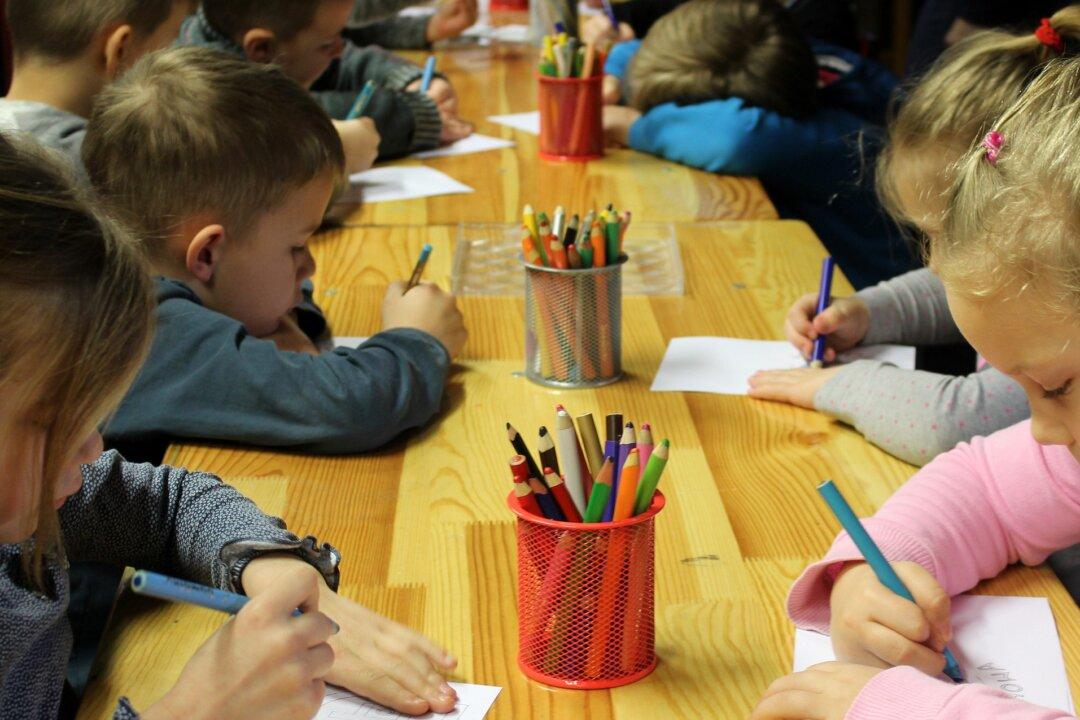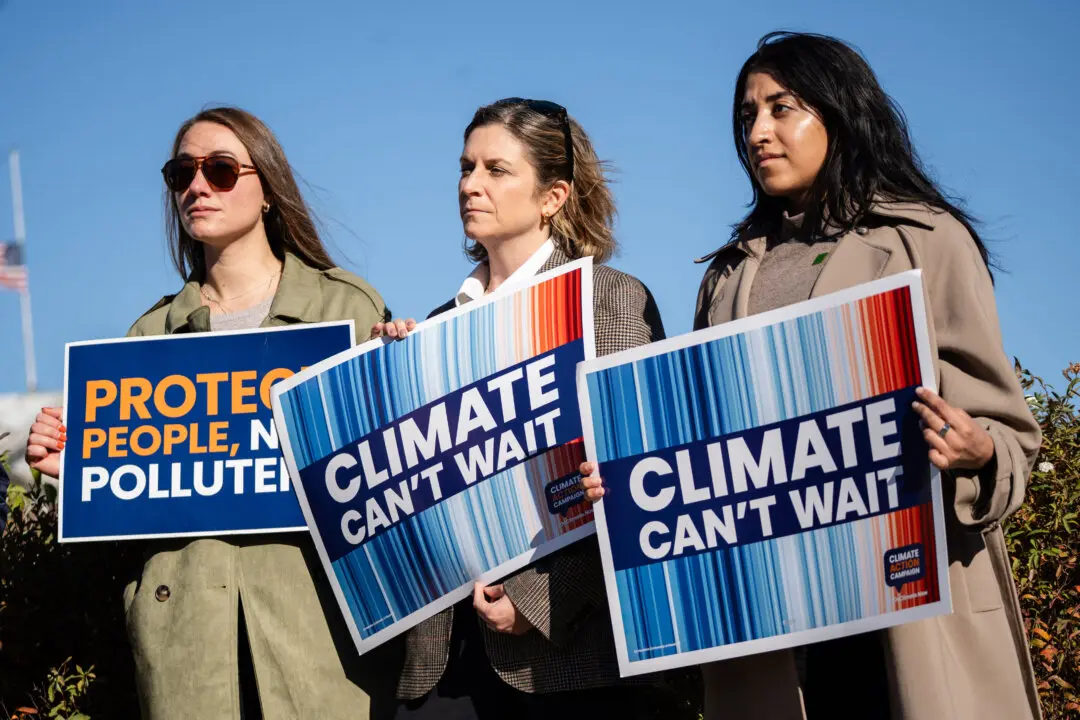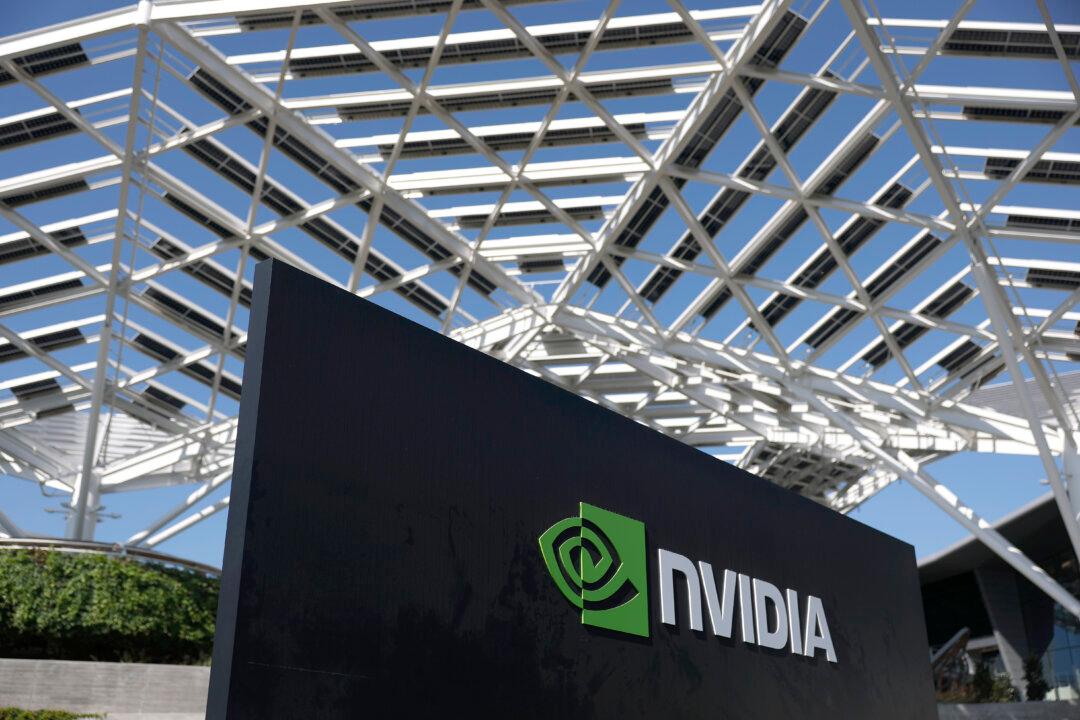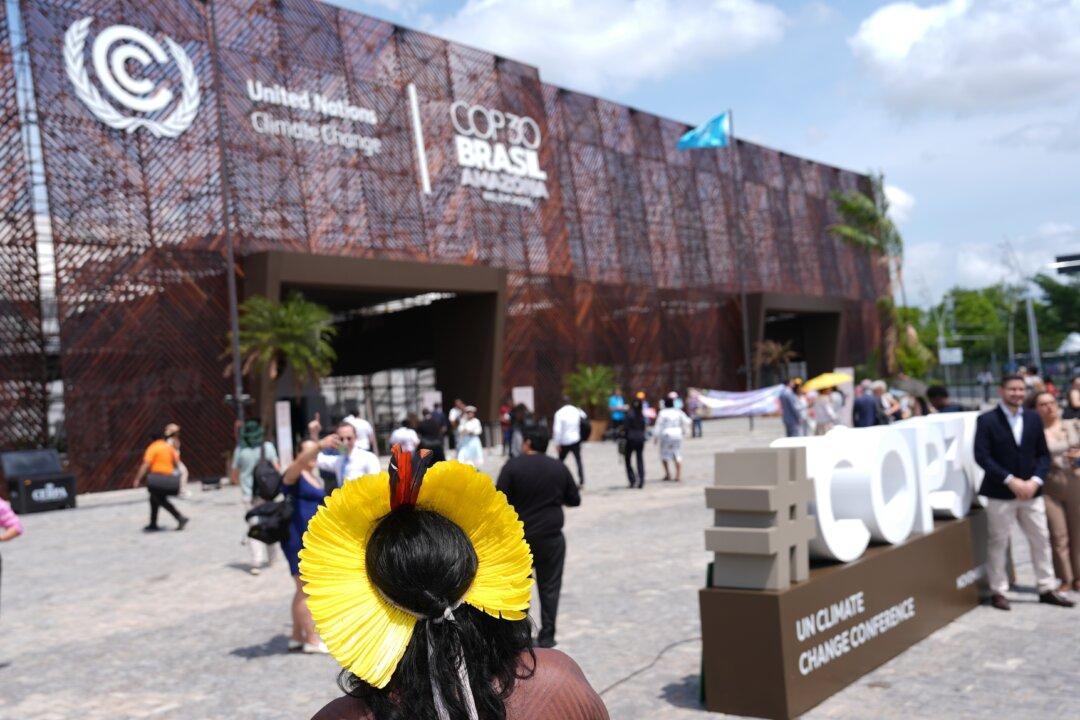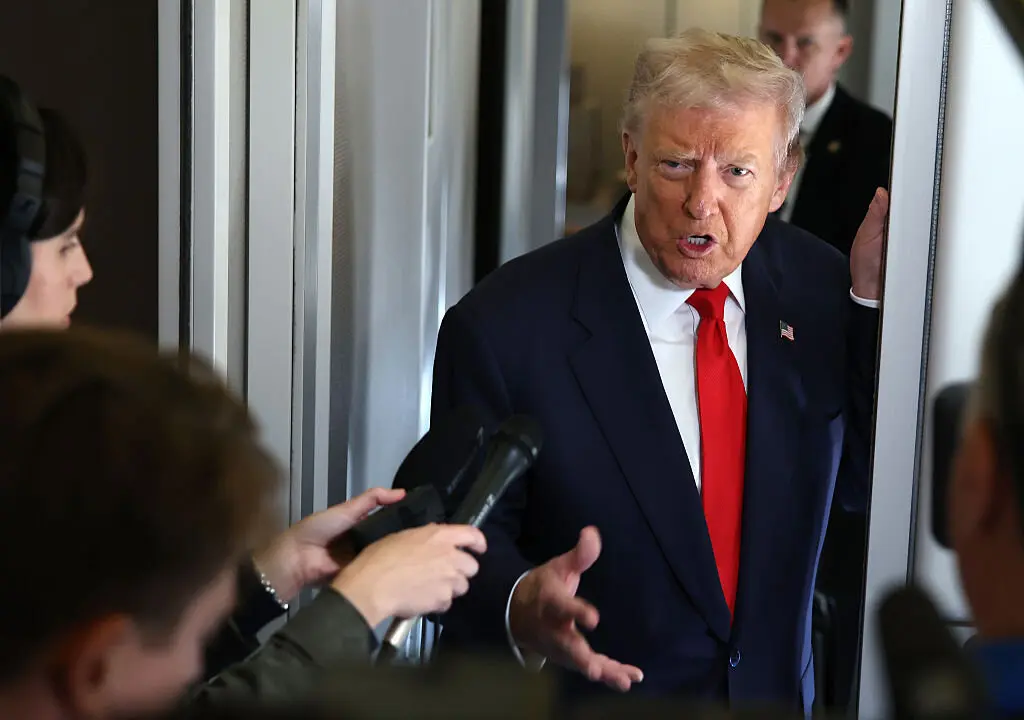The United Nations wants your children to embrace its Sustainable Development Goals, and Thomas, a cartoon train character beloved by kids and parents alike, is on board with that.
In September, the U.N. and the toy company Mattel Inc. announced a collaboration to “introduce the Sustainable Development Goals (SDGs) to preschool audiences through the animated children’s series Thomas & Friends.”
